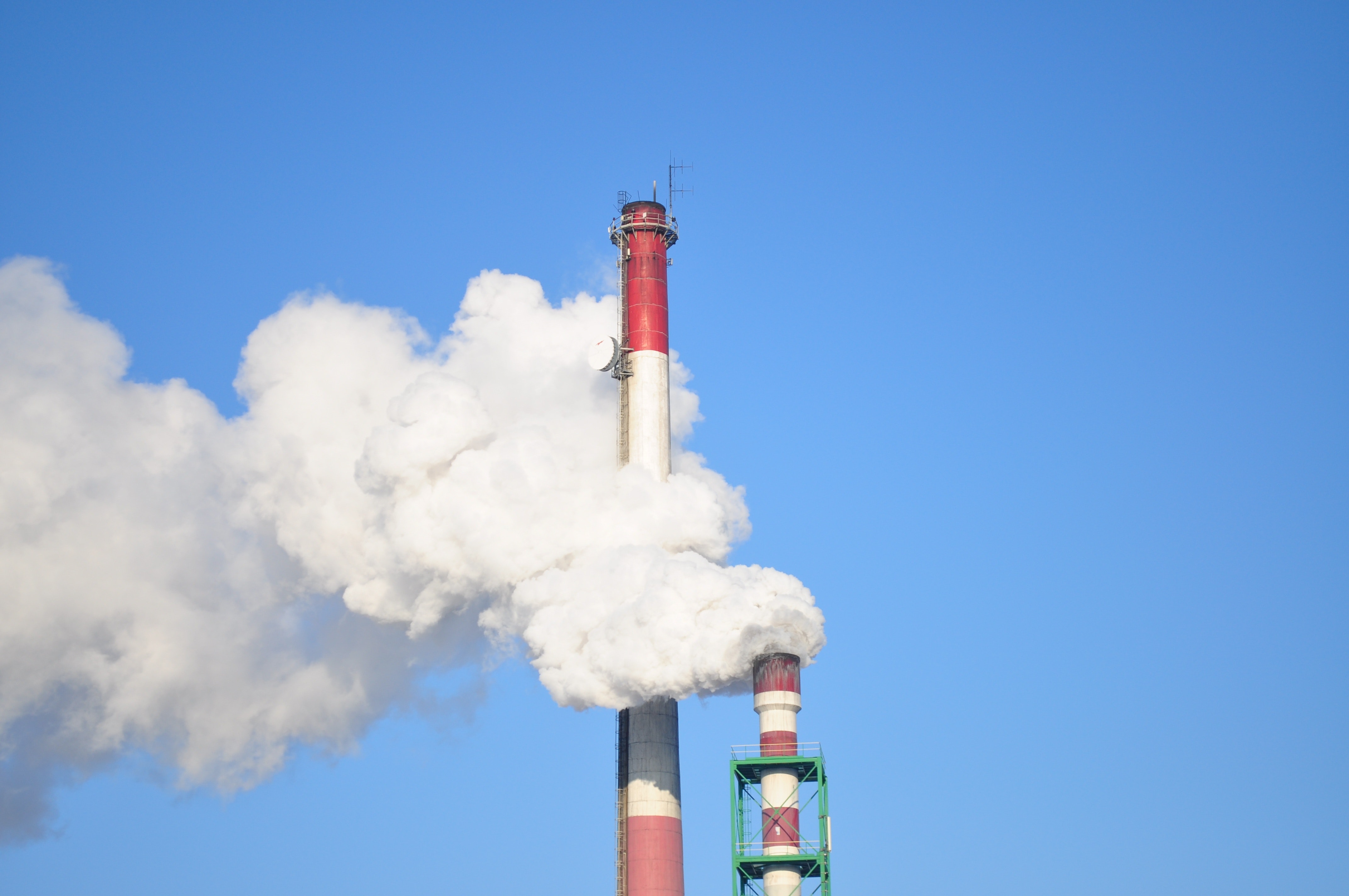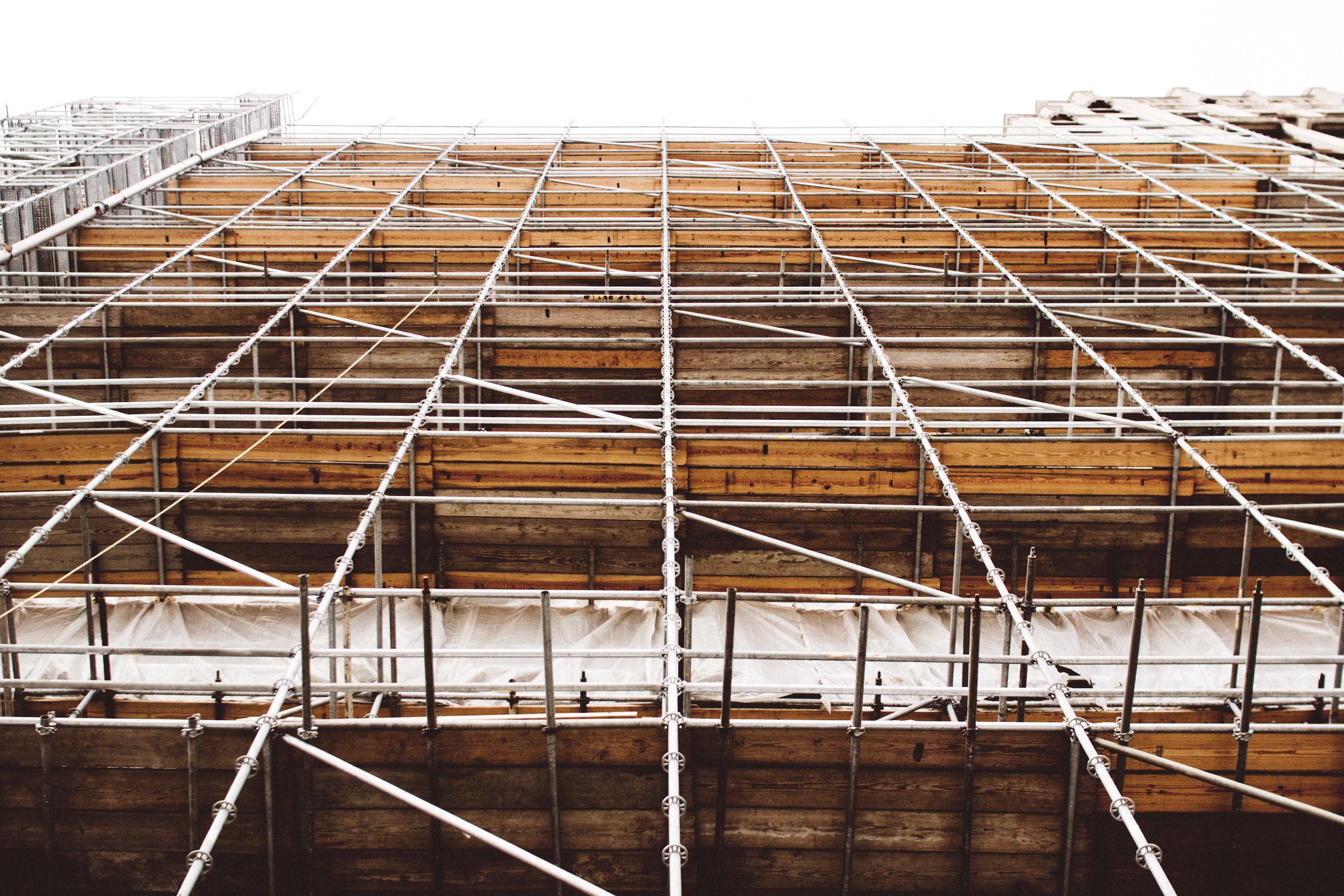The Impact of Climate Change on the Construction Industry: A Wake-Up Call to Integrate Tech Innovations
Climate change is a pressing challenge that affects various sectors, including construction. As global temperatures rise, sea levels increase, and extreme weather events become more frequent, it is imperative for the construction industry to adapt and address these challenges.
Companies that prioritise innovation and leverage data are driving positive change in the construction industry. By embracing technology and sustainable practices, these companies transform traditional approaches into dynamic, efficient, and sustainable operations capable of tackling the complex climate challenges of today.
EHAB is a leading weather risk management platform for the construction industry. Utilising data science and machine learning, EHAB helps construction companies identify and mitigate weather-related risks, minimising delays, reducing insurance costs, and improving project profitability.
For the free version, you can sign up here: https://app.ehab.co/register.
Understanding the Impact of Climate Change on Construction
Climate change significantly impacts the construction industry in various ways. Weather pattern changes disrupt construction projects, with prolonged heat posing safety risks for workers and increased rainfall leading to flooding and project slowdowns. Additionally, extreme weather events can damage infrastructure used in the extraction, production, and transportation of construction materials, resulting in supply shortages and increased costs.

Building Sustainable and Resilient Infrastructure
To address these challenges, the construction industry must embrace sustainable practices and construct resilient structures. Buildings contribute approximately 39% of global greenhouse gas emissions (Global Alliance for Buildings and Construction, 2022), necessitating energy-efficient and low-carbon construction methods.
Designing structures capable of withstanding climate change-induced conditions is crucial. This includes constructing buildings resilient to extreme heat, heavy rainfall, and increased flood risks. Achieving climate-resilient construction methods requires innovative designs, materials, and construction practices.
Integrating Tech Innovations: The Role of EHAB and Other Industry Leaders
As the construction industry grapples with climate change challenges, technology-driven innovations offer viable solutions. EHAB's cutting-edge platform enables construction projects to mitigate environmental risks, reduce waste, and optimise resource usage.
Companies such as Built Robotics are at the forefront of integrating technology in construction processes. Built Robotics develops autonomous construction equipment powered by artificial intelligence, enhancing productivity while minimising fuel consumption and reliance on human labour.
Software companies like PlanGrid and Autodesk provide digital collaboration tools and design software to optimise resource allocation, reduce waste, and improve energy efficiency in construction projects. PlanGrid's cloud-based platform enables real-time collaboration, document management, and workflow optimisation. Autodesk's software tools facilitate digital design, visualisation, and building information modelling (BIM), streamlining construction processes.
Smartvid.io, an AI-powered software platform, focuses on construction safety and risk management. Using computer vision and machine learning algorithms, it analyses construction site imagery and video footage, enhancing safety practices and identifying potential hazards.
These industry leaders exemplify the intersection of technology and sustainability in construction. By embracing these innovations, the construction industry can navigate climate change impacts and move toward a more resilient and sustainable future.

Conclusion
The construction industry faces significant challenges posed by climate change. By adopting sustainable and resilient construction practices, the industry contributes to building a more sustainable future while ensuring its own viability in a changing world. As climate change continues to threaten the industry, companies like EHAB, Built Robotics, PlanGrid, Autodesk, and Smartvid.io play a crucial role in driving climate resilience and contributing to a sustainable future.
If you are interested in how innovation is having a positive impact on the construction industry you might be interested in this other article on co-creation in the construction industry: https://blog.ehab.co/co-creation-with-the-construction-industry
References:
1. Petley, D. (2021). The impact of climate change on the construction industry. International Journal of Climate Change.
2. Fisher, S., & Ury, B. (2022). Climate change and construction: Understanding and managing the risks. Risk Management Journal.
3. Williams, P. (2022). Climate change and the supply chain: An analysis of risks and opportunities. Supply Chain Management Review.
4. Global Alliance for Buildings and Construction (2022). 2022 Global Status Report for Buildings and Construction.
5. Lee, S., & Kim, J. (2023). Building climate resilience in construction: Approaches and challenges. Construction Management and Economics.
6. EHAB. (2023). EHAB Weather Risk Management Platform. (https://ehab.co/)
https://ehab.co/
7. Built Robotics. (2023). Autonomous construction equipment. (https://www.builtrobotics.com/)
8. PlanGrid. (2023). Construction productivity software. (https://construction.autodesk.com/products/plangrid/)




